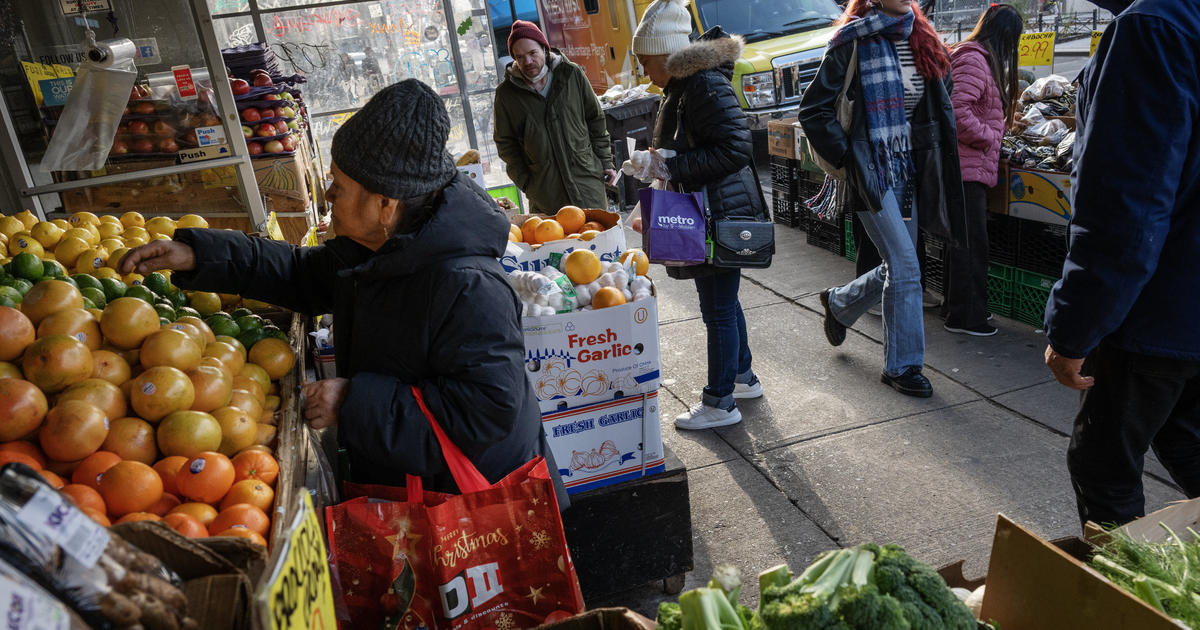Job growth in February slowed to just 20,000 new hires, far below forecasts
- U.S. employers added a scant 20,000 jobs in February, far below forecasts of 180,000 for the month
- Still, wages rose by 3.4 percent from a year ago -- a robust gain for many working Americans
- The plunge in job growth raises concerns the economy is cooling, but other indicators suggest the labor market remains healthy
Hiring across the U.S. slowed far more than expected in February, the Labor Department said Friday, further adding to fears of an economic slowdown. Businesses added just 20,000 jobs last month and the unemployment rate declined to 3.8 percent.
Many major industries showed no significant change in hiring last month, while construction jobs declined by 31,000 jobs, the Bureau of Labor Statistics said. The industries that added jobs included health care and professional services, the agency noted.
"Don't freak out"
Some economists expressed caution over reading too much into a single month of jobs numbers.
"Job growth stalls in February—but don't freak out," wrote economist Elise Gould at the Economic Policy Institute, a left-leaning think tank. "Some of this slowdown may be due to unusually harsh weather in February, for example, depressing job growth in construction and restaurants and hotels."
The economy has added an average of 186,000 jobs over the last three months, a better, somewhat longer indicator of how the jobs market is doing, she added. By comparison, in 2018 businesses added an average of 220,000 jobs per month. Economists still expect slower, but steady, job growth this year.
The unemployment rate dropped to 3.8 percent from 4 percent as furloughed government workers returned to their jobs last month following the partial government shutdown.
A good sign: Stronger wage growth
Despite the sharp slowdown in hiring, worker paychecks continued to swell last month. Average hourly earnings rose at an annualized rate of 3.4 percent, up from 3.1 percent, the strongest pace of wage growth since before the housing crash.
"Tightening labor market conditions are still feeding through to a gradual acceleration in wage growth," Michael Pearce, senior U.S. economist with Capital Economics, said in a research note.
What that really means: With workers in short supply amid the lowest jobless rate in decades, employers are paying people more. That's good news for employees, given that lower-than-expected wage growth has been a troubling hallmark of the post-recession decade.
Higher wages could help lure more workers back into the job market and provide more spending money to consumers, lifting economic growth, said Bank of America Merrill Lynch Global Research in a research note.
Clouds on the horizon
Slowing global growth, a trade war with China and signs of increased caution among U.S. consumers have led many economists to forecast weaker growth in the first three months of this year.
Most analysts expect businesses to keep hiring and growth to rebound in the second quarter. In the meantime, there are cautionary signs. Consumer confidence fell sharply in January, held back by the shutdown and by a steep fall in stock prices in December. And Americans spent less over the winter holidays, with consumer spending falling in December by the most in five years.
Home sales also fell last year and price gains are slowing after the average rate on a 30-year mortgage reached nearly 5 percent last year. Sales of new homes cratered late last year before picking up in December. And U.S. businesses have cut their orders for equipment and machinery for the past two months, a sign that they are uncertain about their customer demand.
-- The Associate Press contributed to this report.



